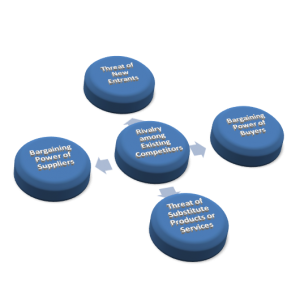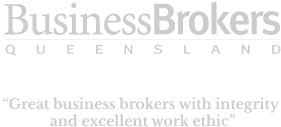
Businesses are often valued and acquired based on a multiple of earnings and the multiples are typically based on three factors.
- The inherent risk and opportunity in the business
- Market evidence, typically completed business transactions with similar characteristics
- The competitive forces and balance of buyer and seller motivations
The key analysis for all buyers and sellers to perform during due diligence is around the risk and opportunity in the business. To understand this, you should consider the following levels of analysis:
- The broader economic environment
- Industry specific factors including the industry and product life cycle
- Business risk framework identifying the potential risks and hazards
- Business strengths and weaknesses
- Ultimately the alignment of the particular business against the strengths of the buyer
There are probably a thousand books written on each of these subjects. Here is a snapshot of the analysis we use to underpin our valuation of small to medium businesses.
Broader Economic Environment
Consider the impact of factors such as interest rates, consumer confidence, exchange rates, unemployment. Where is the economy at? Where is it going?
- Peak to contraction: GNP, industrial production and capacity utilisation falls, labour productivity increases and unit labour costs decrease.
- Contraction to trough: CPI falls, retail sales decline and unemployment rises. Also, housing starts to fall, home lending falls and consumer sentiment decreases.
- Trough to expansion: CPI falls which results in interest rates falling and consumer real income, consumer sentiment and consumer demand increasing (i.e. car sales, consumer credit and retail sales increase, and housing starts to increase).
- Expansion to peak: GNP increases resulting in industrial production, capacity utilisation and unit labour costs increasing, as well as CPI increasing due to excess demand.
- Additionally, production is at a maximum, the labour market is tight and expectations that the boom cannot last increase.
Industry Specific Factors
For information about specific industries, refer to industry association websites and publications and research providers like IBISworld. Of particular interest is analysis on how the industry is affected by changes in the broader economic environment.
One of the most common frameworks for analysing specific industries is Porter’s Five Forces model which looks to understand an industry through its 5 primary forces:
- Bargaining Power of Suppliers
- Bargaining Power of Buyers
- Threat of New Entrants
- Threat of Substitute Products or Services
- Rivalry among Existing Competitors
Industry or Product Life Cycle
Is the product in its early stages, often referred to as ‘Emerging’ or ‘Innovation’ phase, is it growing, or reached maturity or like some industries, is it in decline? Different stages in the development of an industry create very different opportunities and risks for the business.
Risk Framework
Buyers should conduct a review of strengths and weaknesses and opportunities and threats on the business and the industry. When Identifying Risks and opportunities, think about:
- The Likelihood of an event or issue arising. What can you do to influence the likelihood?
- The Consequence of an event or issue arising. What can you do to influence the consequence?
Work with the Seller of the business to develop strategies that manage your risk and maximise your return. For example, the likelihood of losing a key customer or supplier relationship could be mitigated by establishing a long term contract and the consequence of losing a key customer or supplier relationship could be mitigated by implementing a diversification strategy. The presence of risk in a business may just be an opportunity.
SWOT Analysis
Bring all of the analysis together into a SWOT:
- Strengths, Weaknesses internally
- Opportunities and Threats externally.
- Look for the powerful combination of Strengths and Opportunities
- Be wary when Weaknesses and Threats align.

